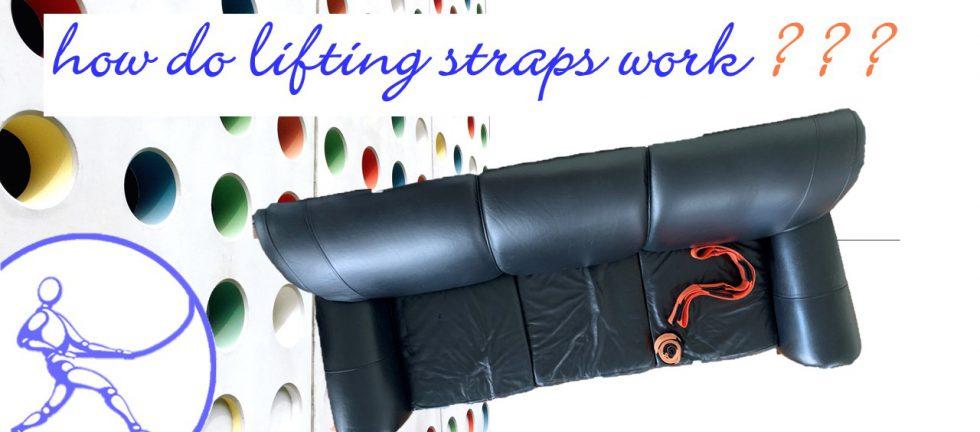Answering tough questions: How Applied Ergonomics Research can Benefit your Company
Does your company see itself as “leading edge”? Is “R&D” built into your process? If so, are you applying this approach to ergonomics and strain/sprain injury prevention? Applied research allows you to examine information about specific problems within your company. Research can lead to better work processes, ergonomics awareness and skills, and innovation. As practitioners, […]





